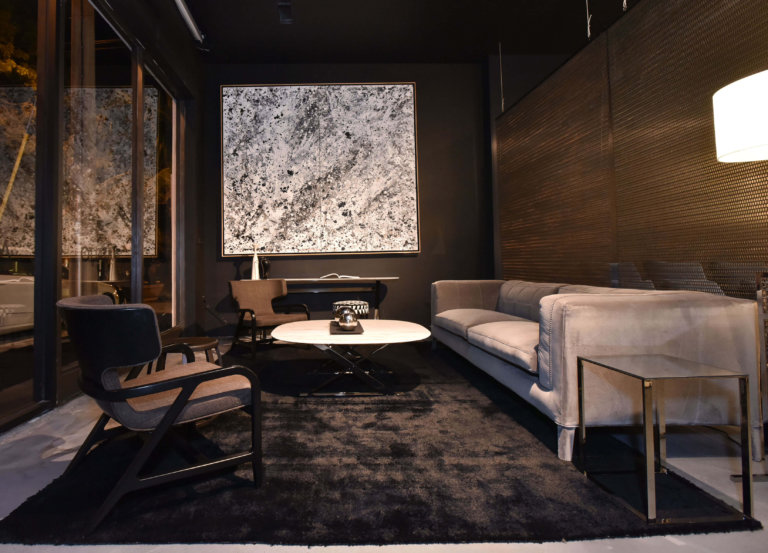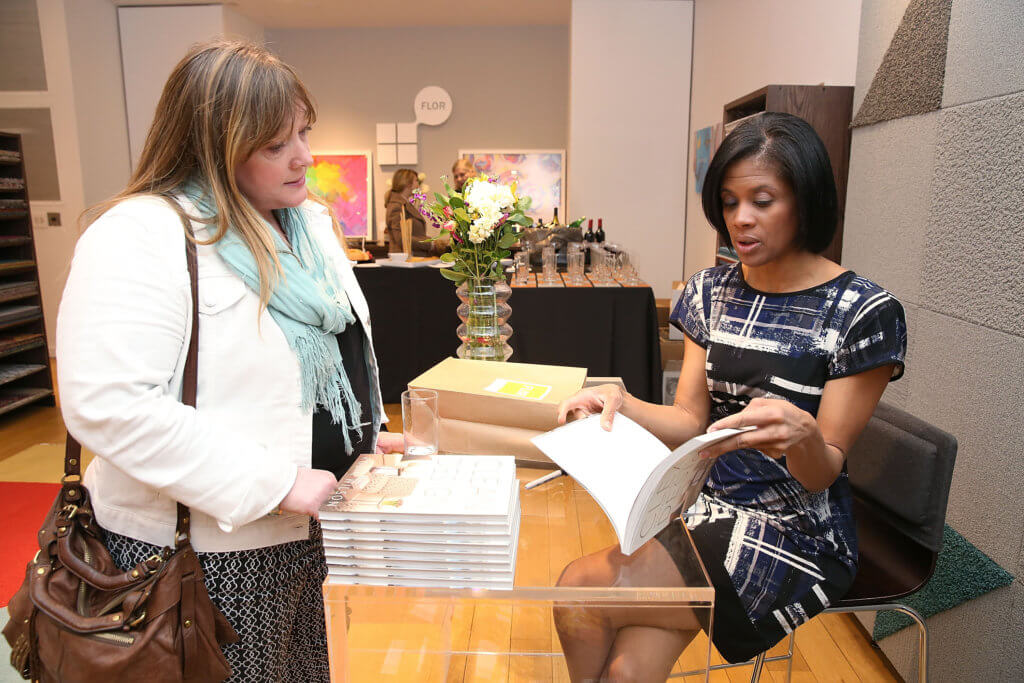
Life as we know it has changed due to the pandemic; masks are mandatory, social distancing is encouraged and sanitisation is life-saving. Our homes have now become a place to work, relax, exercise, attend school and shop — it’s no surprise that interior design trends are seeing a massive change.
With economies freefalling, the Interior Design industry has dealt with its fair share of impact. However, here’s some good news: the global interior design services market to reach four billion, growing at a CAGR of 7.8% between 2020 to 2027. China is forecast to grow at 11.9% CAGR. Japan and Canada are forecasted to grow at 4.2% and 7% respectively. Germany is set to grow approximately 5.1% CAGR.
More construction in developed economies such as the US is likely to increase the demand for design and architecture services. As the rich get richer, new homes are acquired and existing spaces are constantly renovated. There is a growing trend to customise and personalise the space we live in, from kitchens to bath spaces and more recently, home offices and study rooms.

Source: Mireya Acierto/Getty Images for Robin Wilson Home/AFP
“People still want big kitchens that open onto a family room— but home offices, outdoor spaces, and Zoom rooms (or at least a dedicated space for Zoom meetings and lecturers) are big on wish lists,” says interior designer Caitlin Scanlon of Caitlin Scanlon Design.
For students who enjoy frequent excursions to IKEA and constantly marvel at showroom exhibitions, a degree in Interior Design might just be the next best move. You can learn how to create your own showrooms, the skills to deal with clients and the technical knowledge to create spaces that consider human health, well-being, and safety. With this degree, you’ll have access to internship opportunities and formal training to progress to earning your license and practice — alternatively, you can continue with a master’s degree and then a PhD.
For those planning to join the industry, the average interior designer makes an average of US$50,224, which is one of the highest median wages, compared to professions in other fields. The BA (Hons) Interior Design at University of Arts London has produced graduates that are not only industry ready and qualified, but also think out of the box as they take part in a live project in year two and a large-scale interior project that examines all aspects of an interior environment from conception through to completion in year three.
Situated in Sydney and Melbourne, Whitehouse Institute of Design offers a Bachelor of Design (Interior Design) programme that focuses on a diverse range of areas including residential, retail, community and commercial office interior design. New York School of Interior Design’s Bachelor of Fine Arts in Interior Design offers interesting modules that include kitchen and bath design, furniture design, and an architectural workshop. That’s not all, students must also take an intensive course in either French or Italian — here’s to a well all-rounded education!







